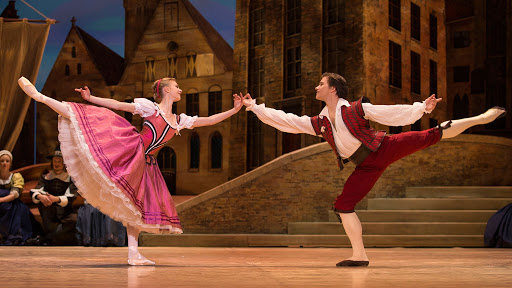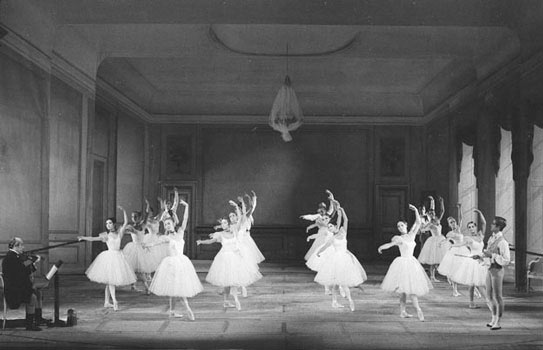
August Bournonville
August Bournonville
(21 August 1805 – 30 November 1879)
was a Danish ballet master and choreographer. He was the son of Antoine Bournonville, a dancer and choreographer trained under the French choreographer, Jean Georges Noverre, and the nephew of Julie Alix de la Fay, née Bournonville, of the Royal Swedish Ballet.
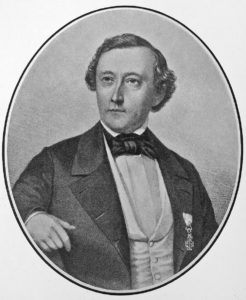
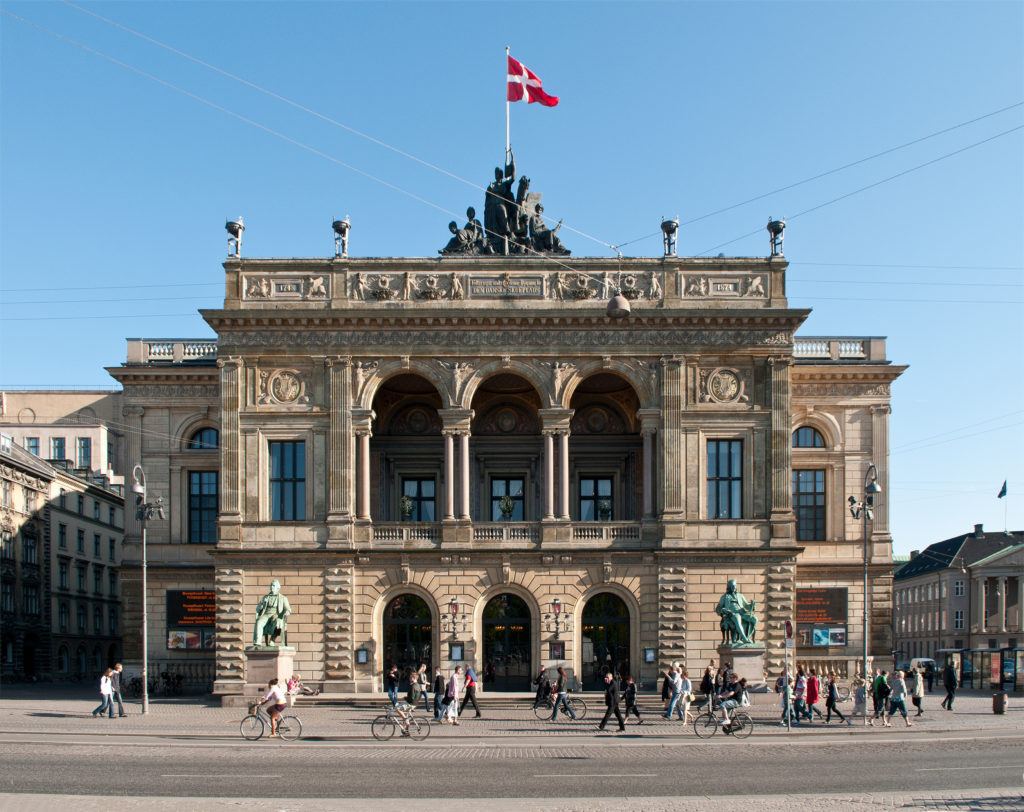
Bournonville was born in Copenhagen, Denmark, where his father had settled. He trained with his father Antoine Bournonville as well he studied under the Italian choreographer Vincenzo Galeotti at the Royal Danish Ballet, Copenhagen, and in Paris, France, where he was soloist in the Opéra de Paris, under Auguste Vestris.
He initiated a unique style in ballet known as the Bournonville School.
In 1829, following studies in Paris as a young man, Bournonville became solo dancer at the Royal Ballet in Copenhagen.
From 1830 to 1848 he was choreographer for the Royal Danish Ballet, for which he created more than 50 ballets admired for their exuberance, lightness and beauty.
Ballet Master at the Royal Danish Ballet for 47 years, he created a style which, although influenced from the Paris ballet, is entirely his own.
As a choreographer, he created a number of ballets with varied settings that range from Denmark to Italy, Russia to South America. A limited number of these works have survived.
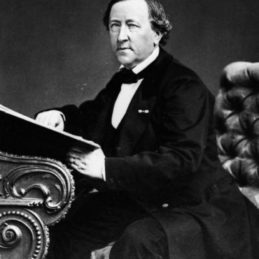
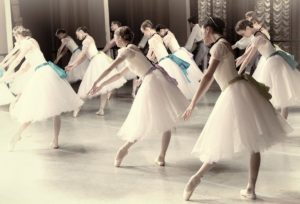
Bournonville’s work became known outside Denmark only after World War II.
Since 1950, The Royal Ballet has several times made prolonged tours abroad where they have performed his ballets.
Bournonville’s best-known ballets are La Sylphide (1836), Napoli (1842), Le Conservatoire (1849), The Kermesse in Bruges (1851) and A Folk Tale (1854).
Bournonville’s work remains an important link with earlier traditions. He resisted many of the excesses of the romantic era ballets in his work.
He is noted for his egalitarian choreography,
which gave equal emphasis to both male and female roles, at a time when European ballet emphasized the ballerina.
Many of his contemporaries explored the extremes of human emotion, while Bournonville, using enthusiastic footwork and fluid phrases in his work, portrayed a more balanced human nature.
